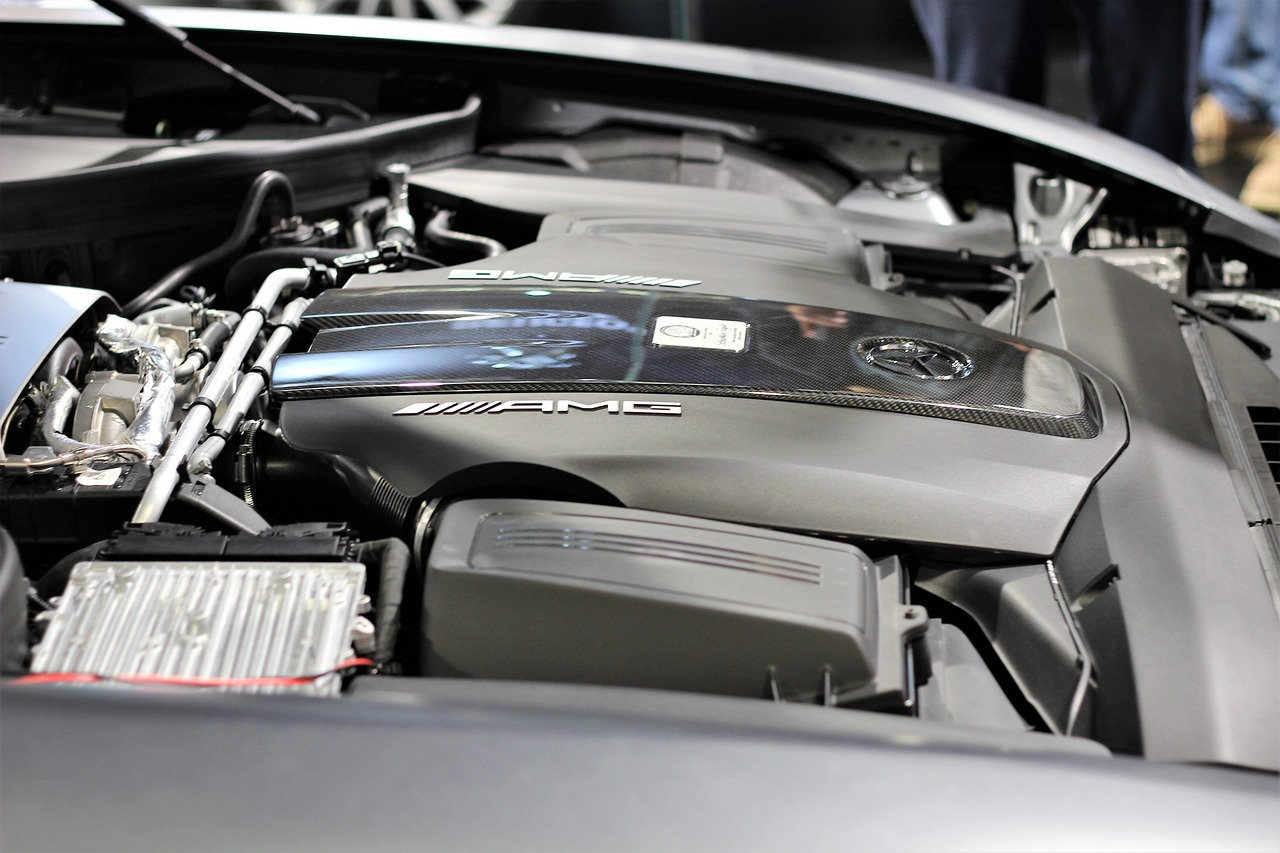Exploring the Future of Urban Air Mobility: Flying Taxis and Drone Deliveries
Urban Air Mobility (UAM) has the potential to revolutionize urban transportation systems by offering faster and more efficient modes of travel. With advancements in technology, flying taxis and drone deliveries are becoming increasingly feasible options for short-distance journeys and package deliveries in densely populated areas. This innovation could alleviate traffic congestion on the roads and reduce carbon emissions, providing a more sustainable transportation solution for urban dwellers.
The integration of UAM into existing transportation networks could also enhance connectivity between different regions, making it easier for people to travel across cities and suburbs. By leveraging vertical takeoff and landing capabilities, flying taxis and drones can access locations that are typically harder to reach by traditional ground transportation. This flexibility in routing and accessibility may significantly improve the overall efficiency and convenience of urban mobility, paving the way for a new era of interconnected and seamless transportation options.
Current Challenges Facing the Implementation of Flying Taxis and Drone Deliveries
Implementing flying taxis and drone deliveries presents significant challenges in urban areas. One major obstacle is the need to establish regulations and infrastructure to ensure the safe and efficient operation of these aerial vehicles. Current air traffic management systems are not equipped to handle the influx of low-altitude aircraft, leading to concerns over airspace congestion and potential collisions.
Additionally, public acceptance and trust in new air mobility technologies are essential for their successful integration into urban transportation networks. Addressing concerns related to noise pollution, privacy, and safety will require transparent communication from industry stakeholders and regulatory bodies. Achieving widespread public support for flying taxis and drone deliveries will be crucial in overcoming the societal barriers to their implementation.
What is urban air mobility?
Urban air mobility refers to the use of flying taxis and drones for transportation within urban areas.
How could urban air mobility impact transportation?
Urban air mobility has the potential to alleviate traffic congestion, reduce travel times, and provide faster and more convenient delivery services.
What are some of the current challenges facing the implementation of flying taxis and drone deliveries?
Some of the challenges include regulatory hurdles, safety concerns, public acceptance, infrastructure limitations, and technological limitations.
How are regulators addressing the challenges of implementing flying taxis and drone deliveries?
Regulators are working to establish clear guidelines and regulations for the operation of flying taxis and drones, ensuring safety and compliance with existing aviation laws.
What can be done to address public concerns about the safety and privacy implications of flying taxis and drone deliveries?
Public education and awareness campaigns, as well as transparent communication from companies and regulators, can help address these concerns and build trust in the technology.
How can infrastructure limitations be overcome to support the implementation of flying taxis and drone deliveries?
Investment in infrastructure development, including vertiports and charging stations, as well as collaboration between government agencies and private companies, can help address infrastructure limitations.





